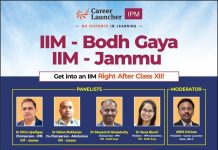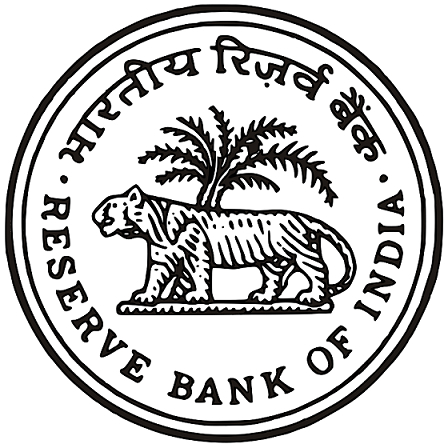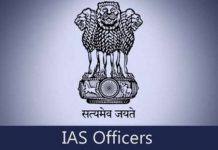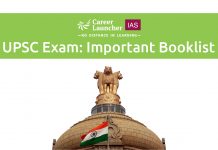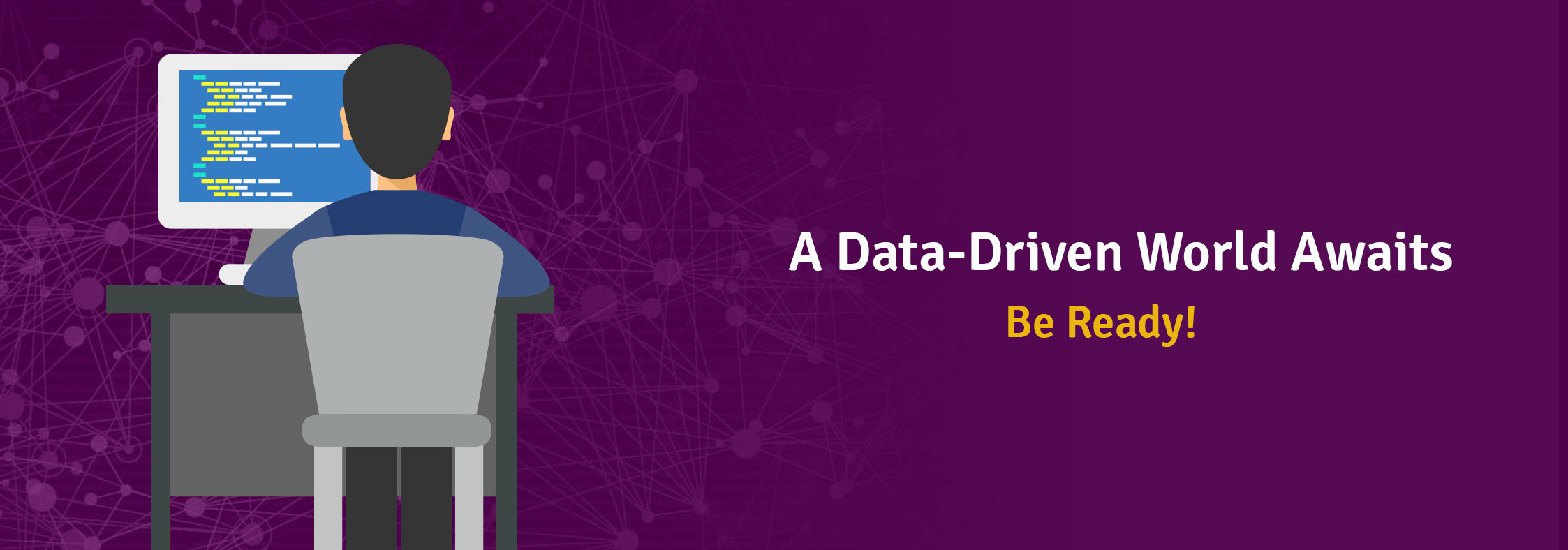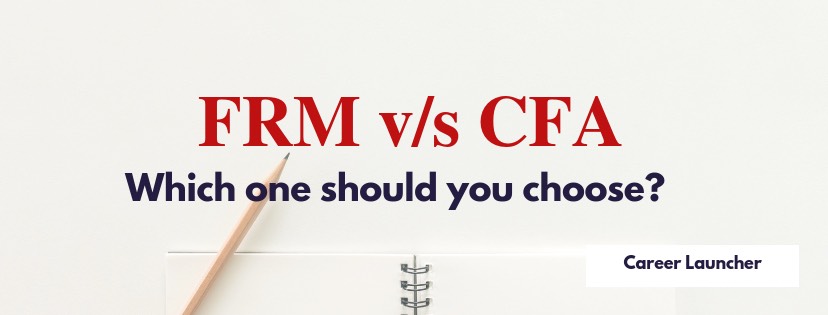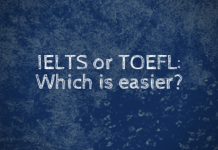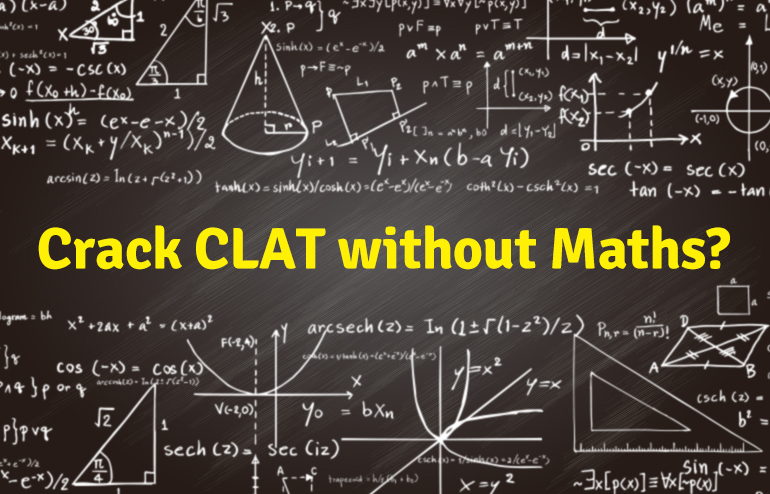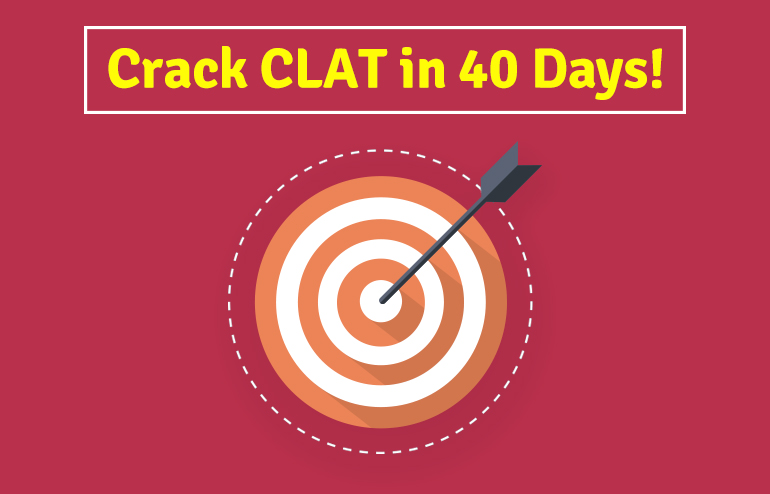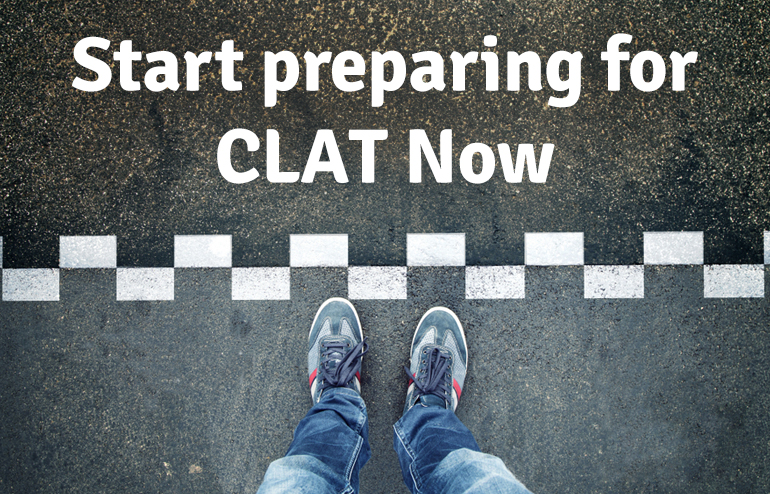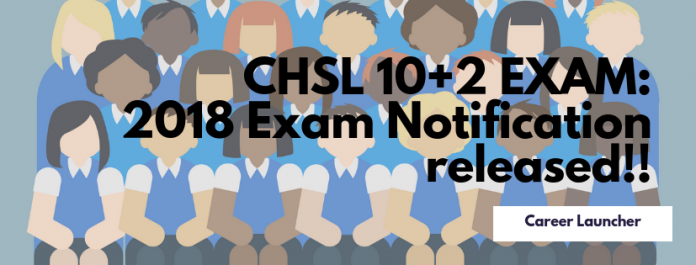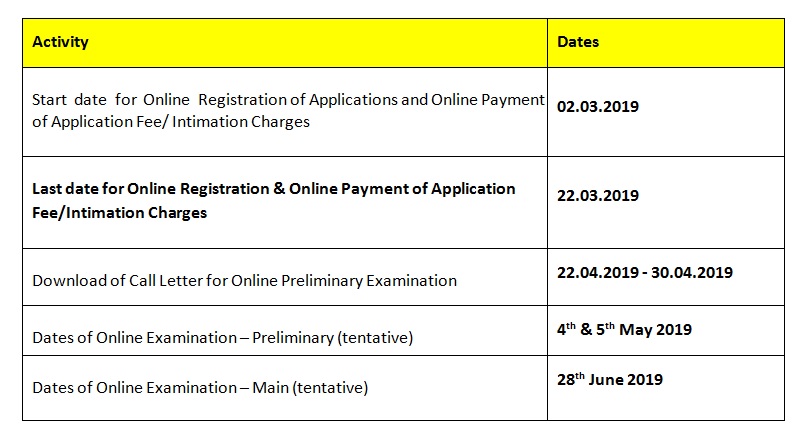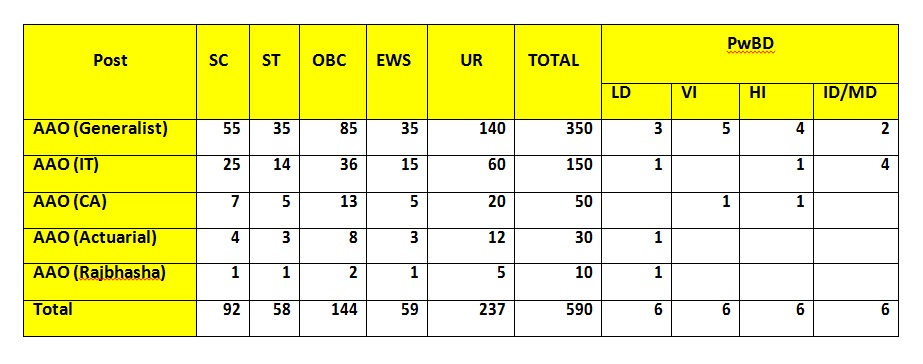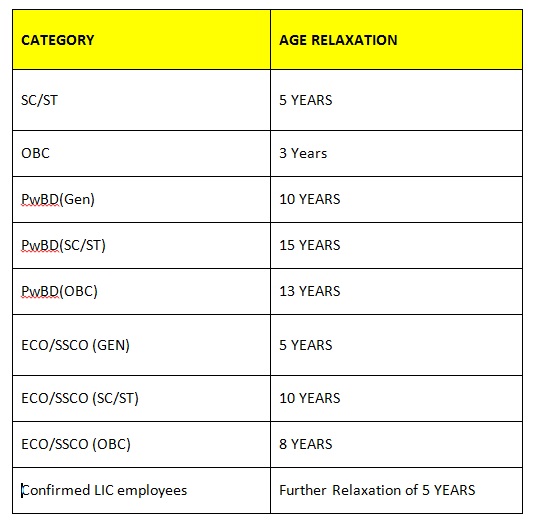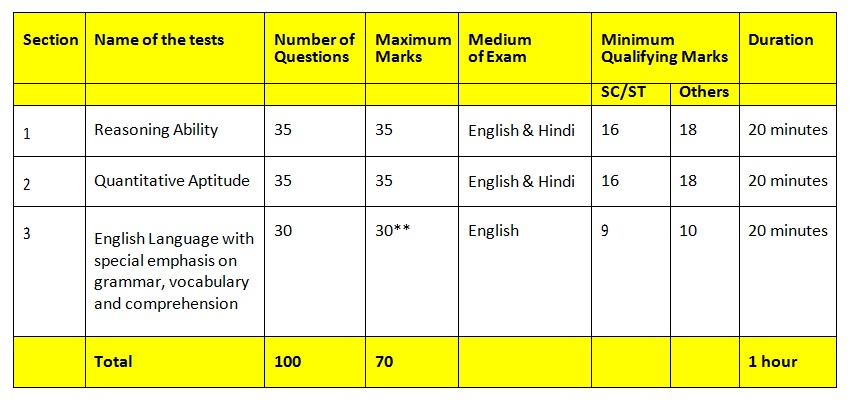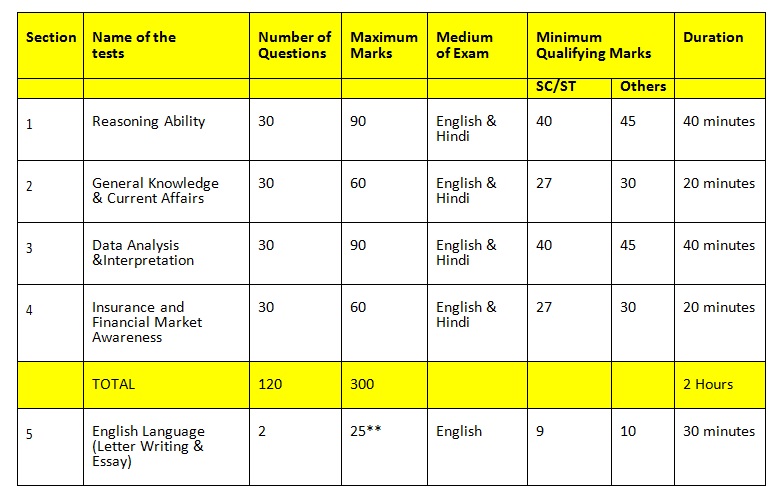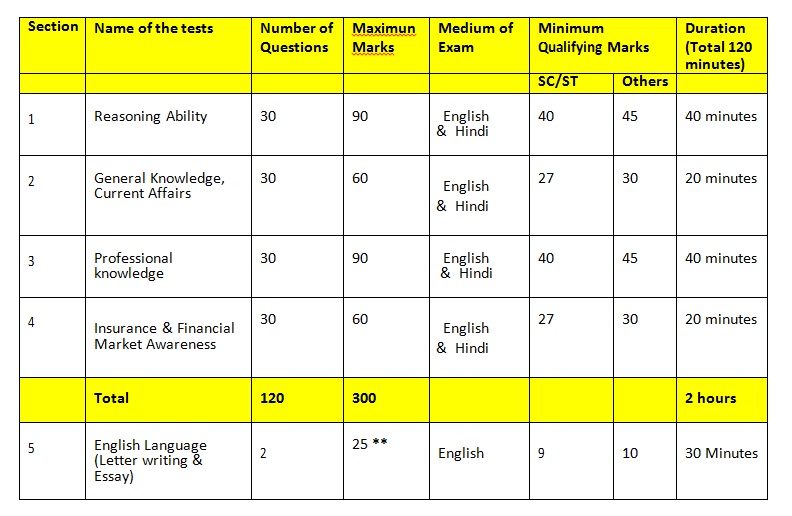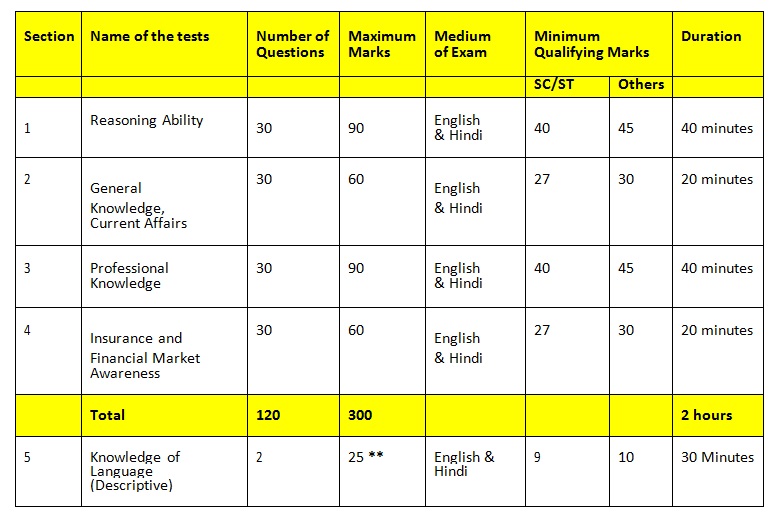In a world infested with unending career choices, Investment Baking is often looked upon as a highly attractive career. To become an Investment Banker is an accomplishment in itself. It involves exhaustive effort and unwavering dedication. So if you dream to one day join this highly lucrative career, it is best that you know your facts and find out as much about the profession as you possibly can. Read on to get a better sense of what Investment Banking is all about before you begin the highly exciting journey of pursuing a career in Investment Banking:
Investment Banking in simple terms:
To put it simply, Investment Banking is the art of providing financial and advisory services. Investment Bankers act as intermediaries between potential investors i.e. those who have the money to invest, and corporations, i.e. those who require the capital to grow and run their business. Our take? It is not as complex as it is made out to be.
What Investment Bankers do:
The assistance of an Investment Banker is often sought by clients in the following areas:
• Underwriting – Capital raising and underwriting groups work between investors and companies that want to raise money or go public via the IPO process. This function serves the primary market or “new capital”.
• Mergers & Acquisitions (M&A) – Advisory roles for both buyers and sellers of businesses, managing the M&A process start to finish.
• Sales & Trading – Matching up buyers and sellers of securities in the secondary market. Sales and trading groups in investment banking act as agents for clients and also can trade the firm’s own capital.
• Equity Research – The equity research group research or “coverage” of securities helps investors make investment decisions and supports trading of stocks.
• Asset Management – Managing investments for a wide range of investors including institutions and individuals, across a wide range of investment styles.
The most common job titles (from most junior to senior) in Investment Banking are:
• Analyst
• Associate
• Vice President
• Director
• Managing Director
• Head, Vice Chair, or another special title
Certifications for Investment Banking in India:
A career as vibrant as investment banking demands you get equipped with an equally vibrant and resourceful certification. While you may find certifications online, it is advisable that you get yourself the right certification, because, truth be told, you will only get certified in investment banking once.
CFA – The right certification for Investment Banking Enthusiasts:
CFA stands for Chartered Finance Analyst. Internationally recognized as the gold standard in finance and investment banking, the CFA or Chartered Financial Analyst is an investment management certification course. It is offered by the CFA Institute, United States. It is ideal for those professionals and budding individuals who have the ambition to build a thriving career in investment banking. This certification is valued in investment manage firms around the world.
Investment Banking ambitions + Investment Banking Coaching = Recipe for Success:
Now that we have established that the CFA Charter is a certification of repute, it goes without saying that to become an investment banker, CFA is a leading certification that you should ideally pursue. To become an Investment Banker is a whole new ball game altogether. It involves getting the right coaching from the right institute because right mentor-ship can go a long way in terms of making or breaking your career dreams. If it is of interest to you, check out the CFA Certification Preparation Program for investment banking by Career Launcher.
Why you should choose Career Launcher:
Career Launcher (CL) is India’s leading knowledge services company. It is focused on diverse segments of education, and caters to learners from multiple age-groups. Led by a team of highly qualified IIT-IIM alumni professionals with a burning passion for delivering excellence in education, CL has today established itself as an edu-corp which is recognized for its excellence across an impressive spectrum of segments, including test preparation, professional skilling and vocational training.
Why you should choose Career Launcher for Investment Banking:
Career Launcher’s CFA training program is tailor made to suit every student’s needs from all backgrounds. Additionally, Career Launcher’s CFA Program is beginner-friendly, and is thus ideal for both finance and non-finance students. The curriculum is very carefully designed to ensure that no student is left behind. Moreover, Career Launcher’s success in its other finance related coaching in FRM stands as a hallmark of excellence of its Finance Specialist Mentors, which goes on to show that Career Launcher’s star faculty will do what it takes to ensure that its students meet their career goals.







